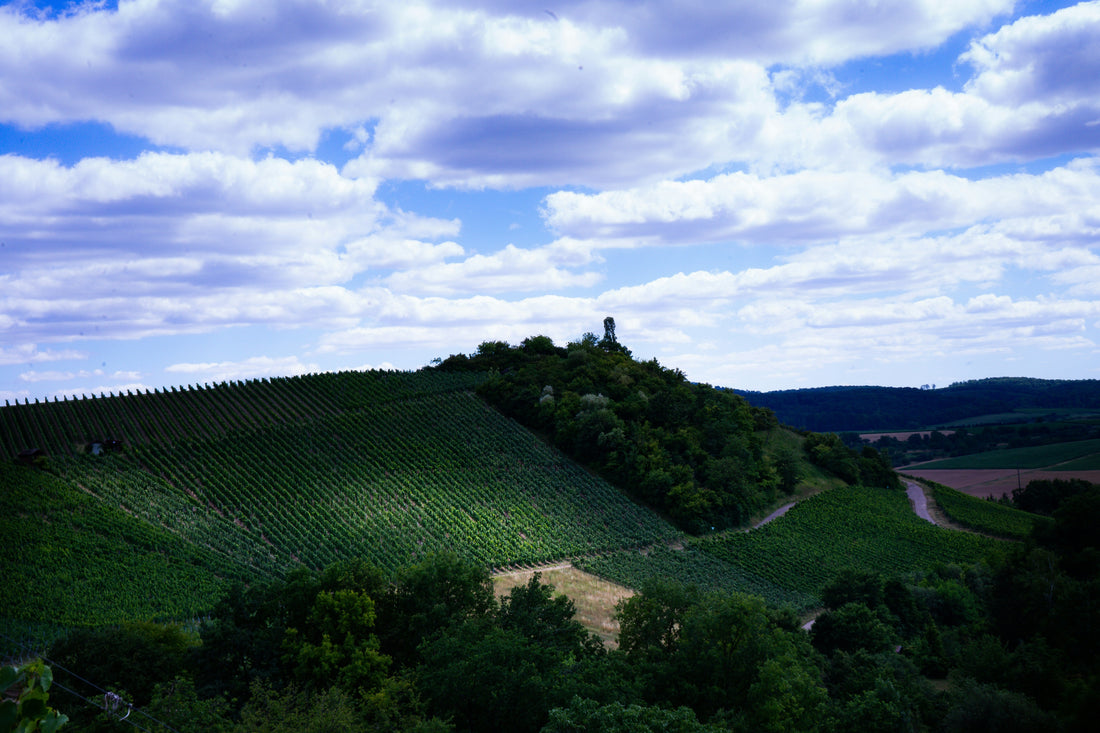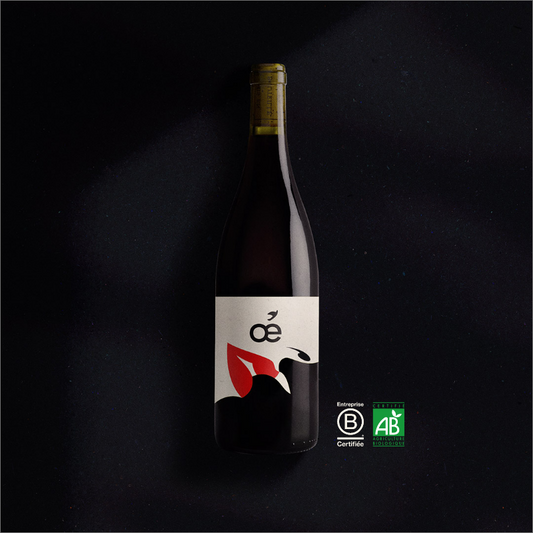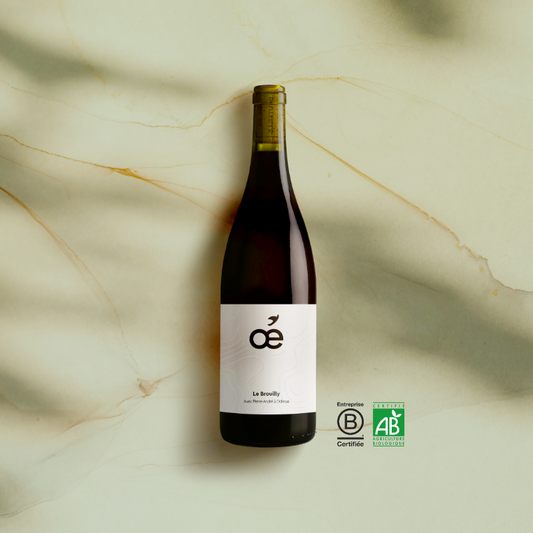The Mâcon Appellation comes in 3 colors, white, red and rosé. The authorized grape varieties are Chardonnay, Gamay and Pinot Noir. The latter is used more than anecdotally, Gamay being the traditional grape variety in the sector. There is a “primeur” version in white as in red, wine vinified quickly as tradition dictates, like Beaujolais Nouveau. Only the production of still wines is authorized, as opposed to the production of sparkling wines.
The villages of Mâconnais
As its name suggests, Mâcon is attached to the city of the same name and aims to be the main appellation of the Burgundy sub-region of “Mâconnais” wedged between Beaujolais and the Chalonnaise coast. The grape variety is also the same as used in Beaujolais country, which is part of the Burgundy wine region. The Mâcon therefore rubs shoulders with the famous Pouilly-Fuissé, Saint Véran and other Viré-Clessé. It is interesting to note that the mention Mâcon can be supplemented by a village name, like Mâcon-Fuissé, Solutré, for the most famous whites, but also Uchizy, Igé, Chardonnay...
In red we can mention the Mâcon-Bray, or the famous Mâcon-Cruzilles. They indicate an attachment to a village but also offer a singular visibility to a region, recognition of an obvious quality of production.
Diversity of soils, people, at the service of gastronomy!
The mosaic of Mâconnais terroirs offers a very varied palette of wines, from lively white wines to much more opulent nectars. Citrus and white flower notes are the aromatic markers of white wines. Most of the Mâcon singles are aged in stainless steel vats, to allow the purity of the fruit to express itself. The wine is intended to be refreshing, it accompanies simple brasserie dishes and Lyonnais corks; frog legs with parsley, pike dumplings, seafood… The barrel is however used when the vines and terroirs allow it. Density is indeed needed to absorb this aging and thus produce a balanced wine. The wines are then easily assimilated to the famous wines of the Côte de Beaune. More “noble” dishes can accompany this fatty and opulent profile.
The reds can be fresh and drinkable, but are also sometimes firm and full-bodied; they require a minimum of care to blossom. In the case of a jovial profile, charcuterie platters are the perfect table companions. More structured, white meats, poultry and cheeses are suitable.
Brown calcareous, siliceous, clayey or sandy soils, the diversity of the subsoils shape the aromatic profiles. The only way to best express the nature of its terroir is through healthy and sustainable viticulture that respects the microbial life of the subsoil. The human intervention on the interpretation of the grape, will give an obviously different profile of a property at the time. These wines, recognized in France as essential in our wine heritage, radiate throughout the world, and accompany a multitude of gastronomic dishes such as good home cooking.





